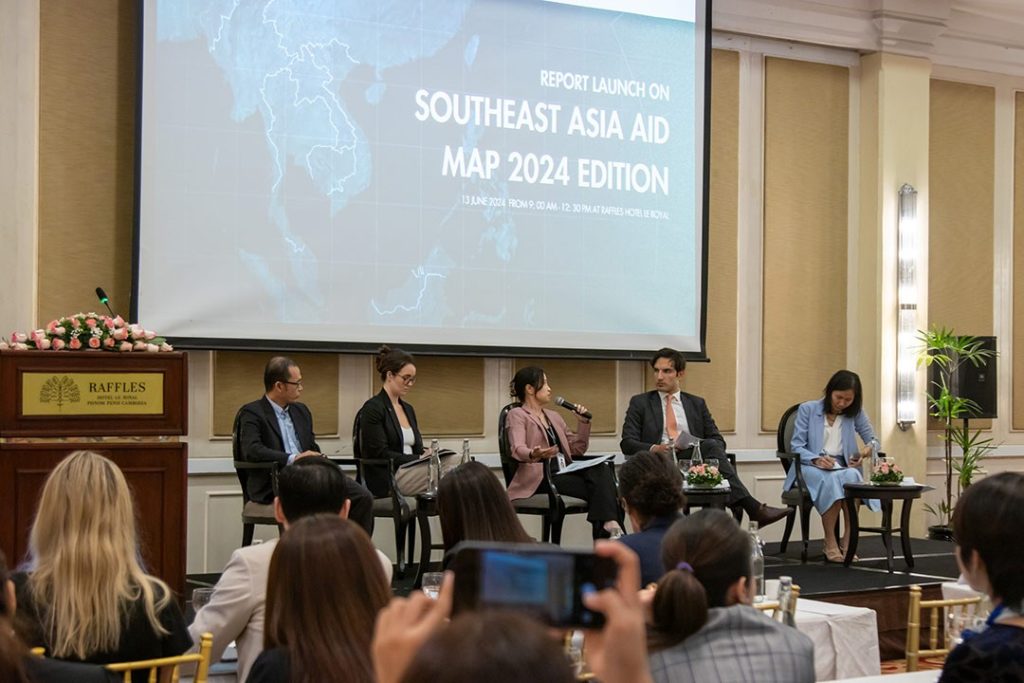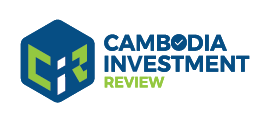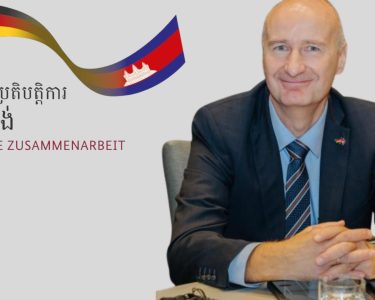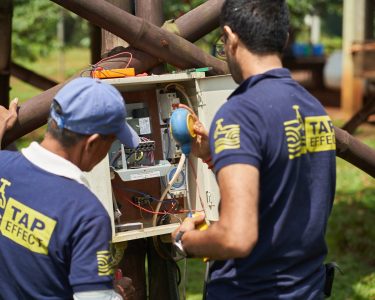Cambodia Investment Review
A newly released interactive Southeast Asia Aid Map by the Lowy Institute highlights a significant decline in international development support for Cambodia, which has dropped back to pre-pandemic levels despite the country’s ongoing economic challenges. The comprehensive report shows that total official development finance to Cambodia fell by 30% in 2022, amounting to $US2.3 billion, reflecting a broader regional reduction in development aid across Southeast Asia.
The Southeast Asia Aid Map, an extensive compilation of development finance data, reveals that China, historically a major contributor to Cambodia’s development, has significantly reduced its support. From 2015 to 2022, China provided over a third of Cambodia’s development finance, but 2022 saw this figure drop to its lowest point with minimal signs of recovery. Conversely, regional powers such as India, Japan, and Korea have increased their contributions, potentially expanding Cambodia’s pool of development partners.
Click here to explore the interactive Southeast Asia Aid Map. (password: seamap advance 2024)
Critical Role Of Official Development Finance In Cambodia
Alexandre Dayant, project lead of the Southeast Asia Aid Map at the Lowy Institute, emphasized the critical role of official development finance in Cambodia. “The Southeast Asia Aid Map shows the ongoing importance of official development finance to Cambodia and the region, particularly its role in funding infrastructure, health, education, and poverty reduction initiatives,” said Dayant. “Therefore, the decline in official development finance to the country is concerning.”
The Southeast Asia Aid Map encompasses data from 2015 to 2022, covering more than 120,000 projects by 107 development partners, totaling $US255 billion across 11 countries. These include Brunei, Cambodia, Indonesia, Laos, Malaysia, Myanmar, the Philippines, Singapore, Thailand, Timor-Leste, and Vietnam. Despite the political emphasis on “ASEAN centrality,” the report indicates that relatively little development support is channeled through ASEAN compared to bilateral and multilateral routes.

Traditional development partners continue to dominate the financing landscape, accounting for over 80% of total official development finance disbursements to Southeast Asia in 2022. Within the region, intra-ASEAN development financing is growing, albeit from a low base. Thailand leads this effort, followed by Vietnam.
Grace Stanhope, Research Associate at the Lowy Institute’s Indo-Pacific Development Centre, noted the report’s inclusion of global support for gender equality and women’s rights for the first time. “The Southeast Asia Aid Map reveals a $US5 billion increase in gender equality financing in the region from 2015 to 2022,” said Stanhope. “However, spending on projects where gender equality was the principal focus has declined over the same period. ASEAN leads much of the work on gender equality advocacy and research across the region. But, unfortunately, funding disbursements through ASEAN have dropped below pre-pandemic levels.”
Strengthen Policy Debate On Aid & Development In The Region
The interactive Southeast Asia Aid Map, accessible on the Lowy Institute website, is designed to enhance coordination, improve accountability, and strengthen policy debate on aid and development in the region. The map provides a comprehensive database tracking official development finance flows in Southeast Asia, aiming to inform better decision-making and highlight areas in need of support.
Read More: Opinion – Graduating from Least Developed Country Status: What Is Next for Cambodia?
As Cambodia navigates its economic recovery, the insights from the Southeast Asia Aid Map will be crucial in directing future development aid efforts. The reduction in Chinese financing underscores the need for Cambodia to diversify its development partnerships and leverage support from a broader range of international partners to sustain its growth and development initiatives.

The Southeast Asia Aid Map research team includes:
- Alexandre Dayant, a senior economist and Deputy Director of the Indo-Pacific Development Centre
- Grace Stanhope, a Research Associate with a background in politics, philosophy, and economics
- Jia Deng, a Research Assistant with a PhD in International Relations
- Roland Rajah, Director of the Indo-Pacific Development Centre and Lead Economist at the Lowy Institute
Their collective expertise ensures that the map serves as a valuable resource for understanding and optimizing development finance in the region.





